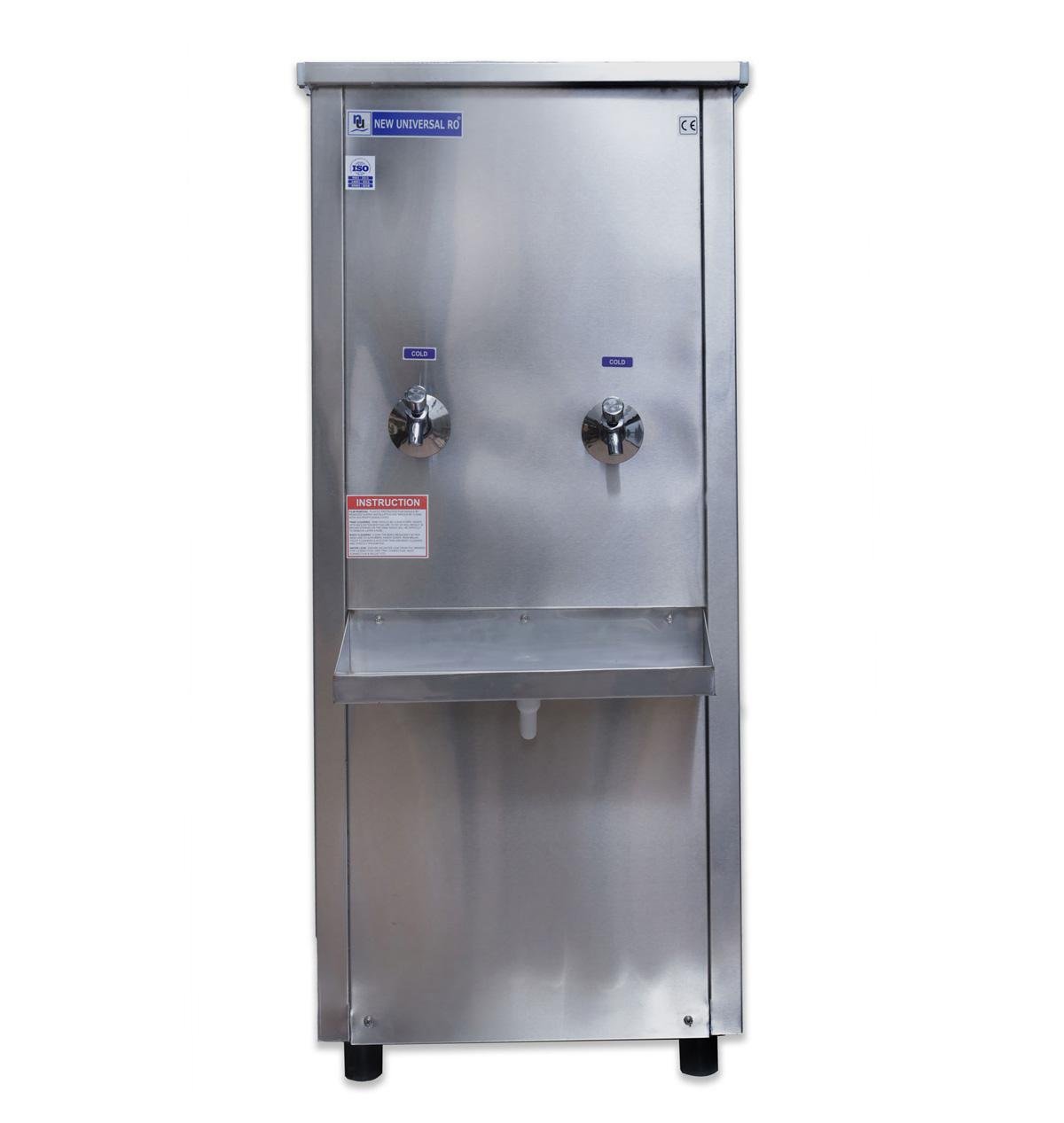Introduction
Clean and safe drinking water is essential for a healthy life. With increasing pollution and water contamination, having a reliable RO water purifier is more important than ever. But with so many options available, how do you choose the best one? This guide breaks down the top-rated RO water purifiers, their benefits, and key features to help you make an informed decision.
Why You Need an RO Water Purifier
-
Removes impurities, heavy metals, and bacteria
-
Enhances taste by eliminating chlorine and other chemicals
-
Provides safe drinking water for a healthier lifestyle
-
Reduces dependency on bottled water, making it an eco-friendly choice
How RO Water Purification Works
RO (Reverse Osmosis) technology uses a semi-permeable membrane to filter out impurities, ensuring that you get pure and safe drinking water. Here’s how it works:
-
Pre-Filtration – Removes larger particles like dust and sediment.
-
Carbon Filtration – Eliminates chlorine, pesticides, and bad odors.
-
Reverse Osmosis Membrane – Filters out heavy metals, bacteria, and viruses.
-
Post-Carbon Filtration – Enhances taste and removes residual chemicals.
-
Mineralization (Optional) – Adds essential minerals back to the water.
Key Factors to Consider When Buying an RO Water Purifier
1. Water Quality
-
If your water has a high TDS (Total Dissolved Solids) level, an RO purifier is ideal.
-
Check for contaminants like lead, arsenic, or nitrates.
2. Storage Capacity
-
A 7-10L storage capacity is ideal for most households.
-
Larger families may need higher-capacity purifiers.
3. Filtration Stages
-
A minimum of 5 stages is recommended for optimal purification.
-
Some purifiers offer UV, UF, and TDS control for added safety.
4. Maintenance and Filter Replacement
-
Regular filter changes ensure efficiency.
-
Opt for a purifier with easy-to-replace filters.
5. Additional Features
-
Smart indicators for filter changes and water level.
-
Energy-efficient models to reduce electricity consumption.
-
Mineral addition technology for better taste and health benefits.
Top 5 RO Water Purifiers in 2024
1. Kent Grand Plus
-
Filtration Stages: 7
-
Capacity: 9L
-
TDS Controller: Yes
-
Best For: High-TDS water
2. Aquaguard Geneus
-
Filtration Stages: 6
-
Capacity: 7L
-
Smart Technology: Auto TDS adjustment
-
Best For: Areas with varying water quality
3. Pureit Copper+ RO
-
Filtration Stages: 7
-
Capacity: 8L
-
Unique Feature: Copper-enriched water
-
Best For: Added health benefits
4. HUL Pureit Ultima
-
Filtration Stages: 7
-
Capacity: 10L
-
Digital Display: Yes
-
Best For: Large families
5. LG Puricare RO
-
Filtration Stages: 5
-
Capacity: 8L
-
UV Sterilization: Yes
-
Best For: UV + RO purification
Maintenance Tips for RO Water Purifiers
-
Clean the storage tank regularly to prevent bacterial buildup.
-
Replace filters every 6-12 months for optimal performance.
-
Check for leaks and ensure proper installation.
-
Service the purifier annually to keep it in top condition.
Common Myths About RO Water Purifiers
1. RO Purifiers Remove Essential Minerals
-
Some purifiers come with mineral enhancers to add back lost minerals.
2. RO Water is Acidic and Unhealthy
-
Modern purifiers balance pH levels to keep water healthy.
3. Boiling Water is Better Than RO Purification
-
Boiling kills bacteria but does not remove heavy metals and chemicals.
4. RO Purifiers Waste Too Much Water
-
New models have water-saving technology to reduce wastage.
Conclusion
Investing in a top-rated RO water purifier ensures safe, clean, and healthy drinking water for your family. With various options available, consider your water quality, budget, and additional features before making a decision. A well-maintained purifier can provide years of reliable service, safeguarding your family’s health.
FAQs
1. How often should I change the RO membrane?
It depends on usage, but generally, every 2-3 years is recommended.
2. Does RO purification remove viruses and bacteria?
Yes, RO membranes can filter out viruses and bacteria effectively.
3. Is RO water safe for infants?
Yes, but ensure that the purifier retains essential minerals or use mineral-enriched RO water.
4. How much electricity does an RO purifier consume?
Most models use 30-60 watts, which is relatively low and cost-effective.
5. Can I install an RO purifier myself?
It’s best to get professional installation to ensure proper setup and performance.



